How long has it been since you’ve updated your website? The branding, design and flow, and content of a website need periodic updates to give visitors accurate information and good user experience. With this checklist, you can diagnose some of the common problems seen on sites in need of updates.
This FREE checklist covers the following:
- Causes of slow sites
- Branding consistency
- Site structure and flow
- Relevant and useful content
- And much more!







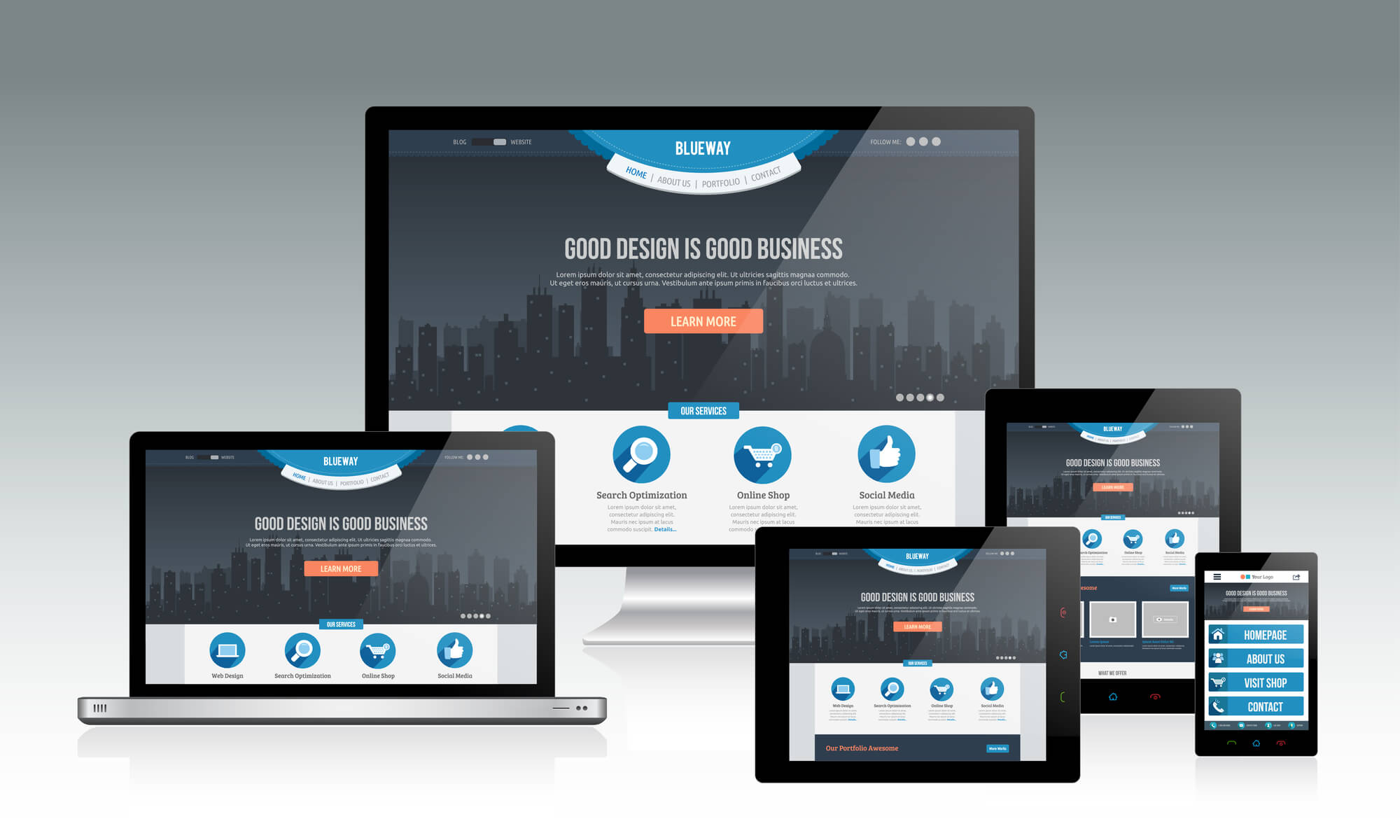 It’s almost 2019, and your website serves as a window into your company, thus it needs to exude trust and credibility. Otherwise you run the high risk of handing your potential customers over to your competitors with better designed websites.
It’s almost 2019, and your website serves as a window into your company, thus it needs to exude trust and credibility. Otherwise you run the high risk of handing your potential customers over to your competitors with better designed websites. This is not a lot of time to soak in all the written content on your websites homepage.
This is not a lot of time to soak in all the written content on your websites homepage.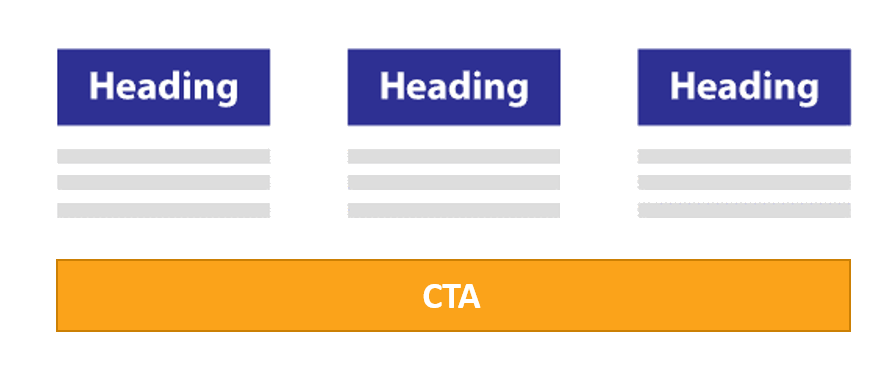 A great CTA button can direct users, get them to take a desired action, improve conversion rates, and ultimately help your website achieve its defined objectives.
A great CTA button can direct users, get them to take a desired action, improve conversion rates, and ultimately help your website achieve its defined objectives. “That same study found that 46% of consumers base their decisions on the credibility of a website from its visual appeal & aesthetics.”
“That same study found that 46% of consumers base their decisions on the credibility of a website from its visual appeal & aesthetics.” 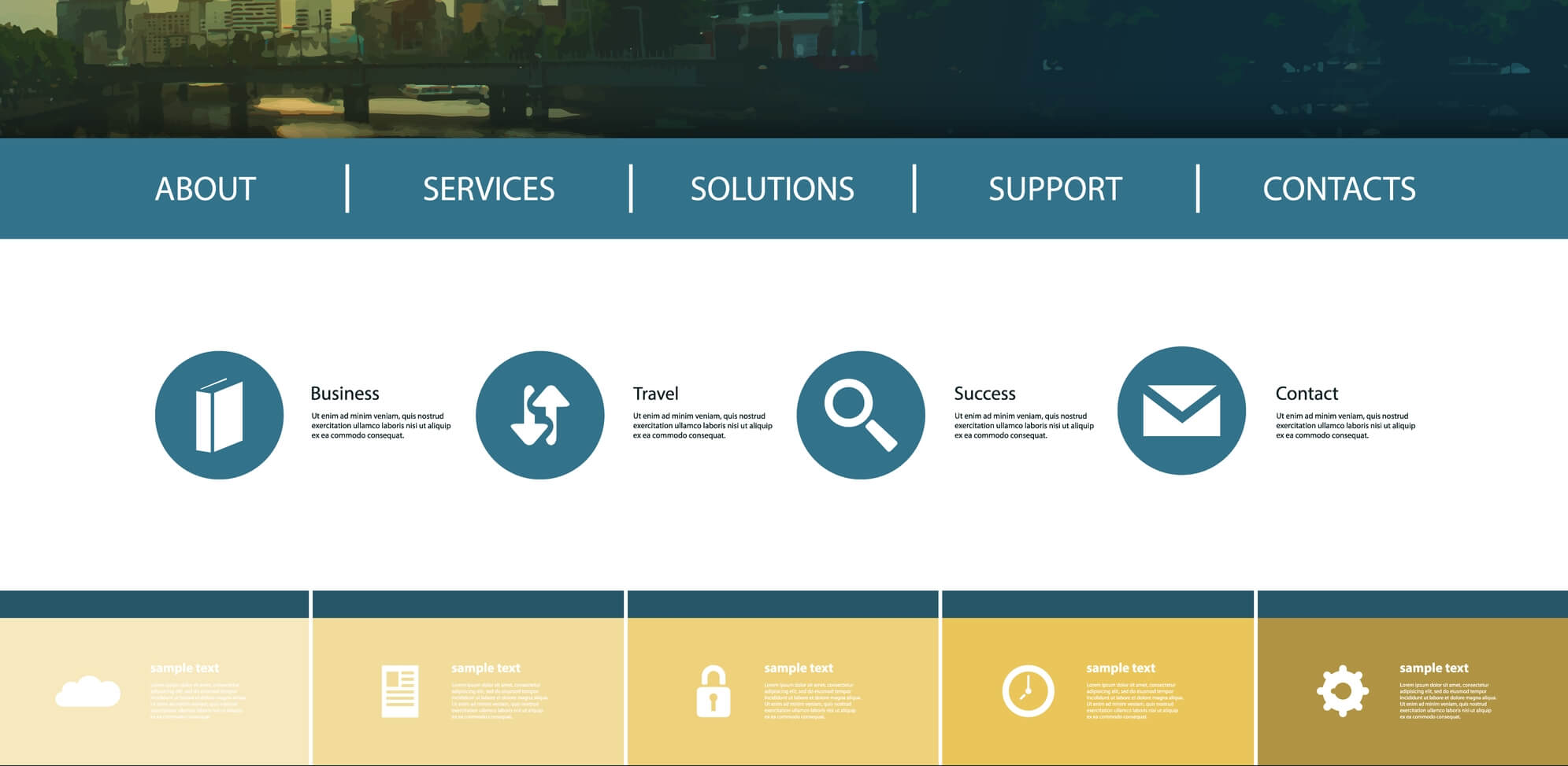 “47% of website visitors check out a company’s products/services page before looking at any other sections of the site.”
“47% of website visitors check out a company’s products/services page before looking at any other sections of the site.”  I can’t tell you how many times clients come to me asking to look at their website and give them feedback, and they have no dedicated contact form page, no phone number and/or email address prominently displayed and easily visible/ clickable on their website. And they wonder why people don’t contact them through their website or why their website doesn’t generate leads.
I can’t tell you how many times clients come to me asking to look at their website and give them feedback, and they have no dedicated contact form page, no phone number and/or email address prominently displayed and easily visible/ clickable on their website. And they wonder why people don’t contact them through their website or why their website doesn’t generate leads.
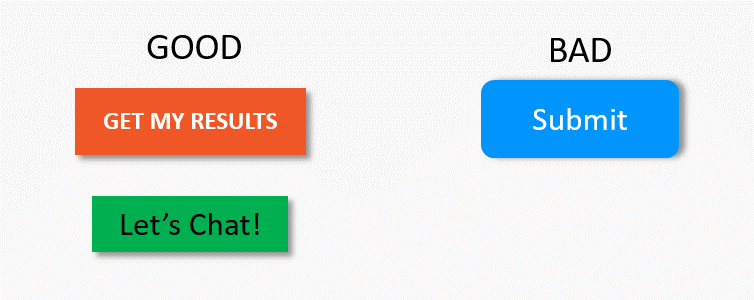
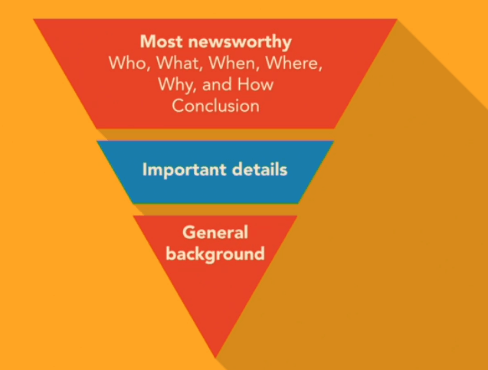
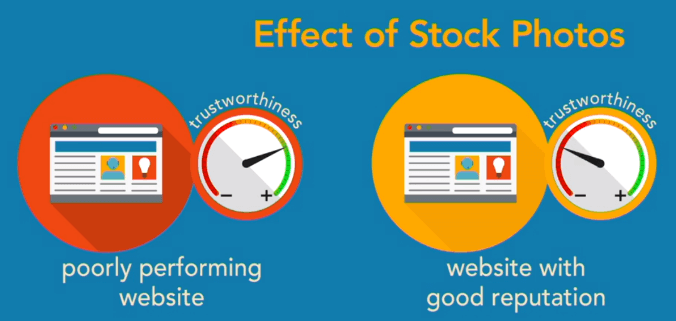 It’s okay to utilize some stock photos, as long as they don’t scream “stock photo”
It’s okay to utilize some stock photos, as long as they don’t scream “stock photo”
